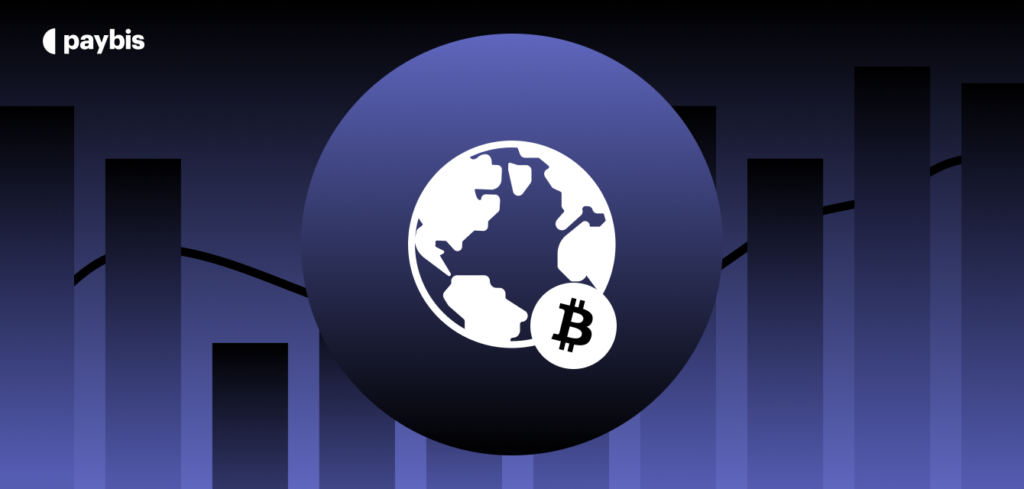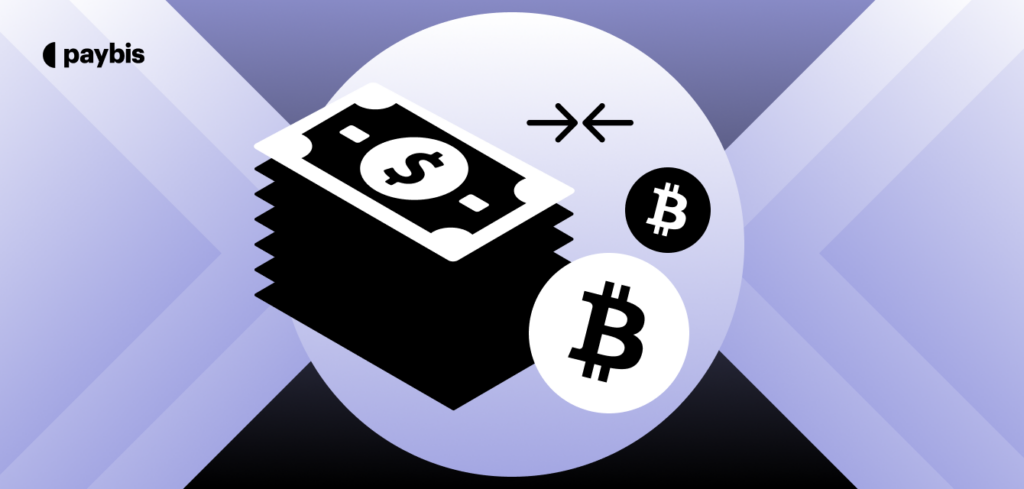Integrated Circuit (IC)
An Integrated Circuit (IC) is a small electronic device made of silicon. Transistors, resistors, and capacitors are some of the several interconnected electronic components on the chip.
Table of contents
What does IC stand for?
The building blocks of contemporary electronics are known as integrated circuits (ICs). They can also be called chips or microchips. With an IC, numerous tiny electrical things are packed into one small package, which allows more intricate circuits to be created in much less space than traditional discrete parts.
How do integrated circuits work?
Integrated circuits are made from semiconductor materials, like silicon, which can conduct electricity under certain conditions. This is how an IC can give directions to electric signals through circuitry.
Components on a chip – different electrical devices, which include transistors, resistors, diodes, and capacitors are etched onto a silicon wafer inside the IC. These items are combined to form a complete electric circuit.
Signal processing — amplification, oscillation, signal processing, and data storage are some of the roles played by ICs. The kind of components that were built into it and its design determine exactly what function any particular type performs.
Power efficiency – the chips are designed to consume less power, making them suitable for use in battery-based and portable gadgets.
Different Types of ICs
Integrated circuits come in different types that serve diverse purposes in electric systems. Here’s a lits of the main ones:
Analog ICs
These ICs manipulate continuous signals and are used in applications such as amplifiers, oscillators & voltage regulators, they are critical to audio processing, radio frequency (RF) circuits, and sensor interfacing.
Digital ICs
Digital ICs process binary data (i.e., ‘0’ or ‘1’), and they are used in logic circuits, microprocessors, memory elements, and DSP-digital signal processors. These constitute the core of computing machines, including computers, smartphones, and digital watches.
Mixed-Signal ICs
Mixed-signal ICs combine both analog and digital components on a single chip, hence, they can operate on both continuous and binary signals together. For instance, these ICs are usually found in application-integrated circuits (ASIC), data converters, communication systems, and automotive electronics, among others.
Microcontroller ICs
Microcontrollers are specific kinds of integrated circuits that encapsulate a processor, memory, and input/output hardware all into one piece of silicon.
Applications of ICs
The many uses of integrated circuits in the modern technological era are as follows:
Consumer Electronics
Integrated circuits (ICs) are prevalent in all consumer electronics, like smartphones, tablets, televisions, and gaming consoles, which help bring about their compactness and advanced functionality.
Computing
The central processing unit (CPU), which is a form of IC, is the heart of every computer system, from personal computers to servers. Also, ICs are used in memory modules (RAM), storage devices (SSDs) as well as peripheral interfaces (USB controllers).
Automotive
Car systems rely on ICs to perform critical functions, including engine control units (ECUs), braking systems, and telematics for infotainment and navigation.
Healthcare
In healthcare, medical devices such as pacemakers, diagnostic equipment, and wearable health-monitoring devices make use of IC technology that allows for miniaturization and portability.
Telecommunications
From mobile phones to base stations and networking equipment, integrated circuits are essential in telecommunications infrastructure. They enable fast data transmission rates and communication.
Advantages of Integrated Circuits
- ICs enable complex circuits to fit into very small spaces, allowing for the design of smaller, lighter portable devices.
- Fewer connections in ICs make them more reliable than other circuits that use discrete components since these are encapsulated within a single package.
- The cheap mass production of ICs has made advanced technology affordable to the masses.
- Integrated circuits are low-power consumers which makes them great for batteries and energy-critical applications.
This is why integrated circuits have become more popular than any other electronics today.
FAQ
What are integrated circuits (ICs)?
An integrated circuit (IC) is a small electronic device made out of semiconducting material that consists of many small electronic components on a single chip.
Where can you use ICs?
Consumer electronics, computing devices, automotive systems, medical instruments, and telecommunications, among others, form the areas where they find practical use.
Why do we need ICs?
Modern electronic devices have become smaller, so much based on their reliability, cost-effectiveness, and power efficiency which integral chips play an essential role in achieving.
How can one make an IC?
The process involves etching electronic components onto a silicon wafer using photolithography and doping, other semiconductor manufacturing methods.
Disclaimer: Don’t invest unless you’re prepared to lose all the money you invest. This is a high‑risk investment and you should not expect to be protected if something goes wrong. Take 2 mins to learn more at: https://go.payb.is/FCA-Info


